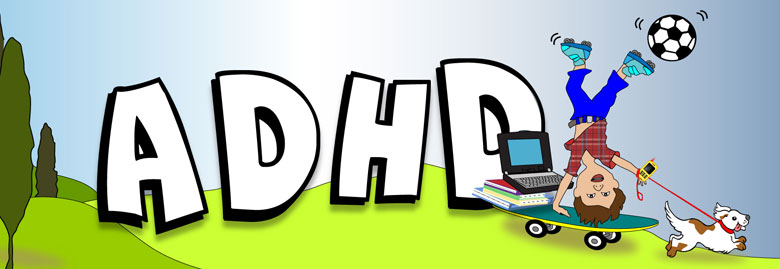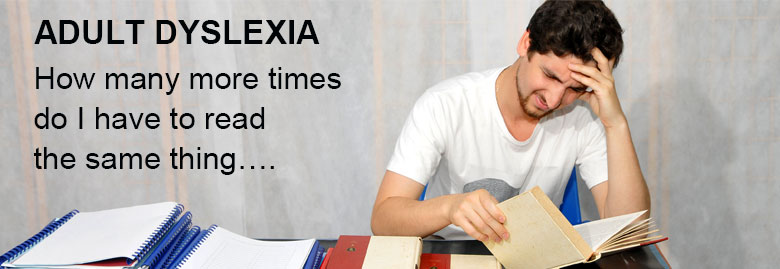Originally published in The Dyslexic Reader,
Issue 13 Copyright (c) Spring 1998 -year DDAI.
A Few Thoughts on Mastering Trigger Words
By Hilary Farmer, Davis Facilitator
The student completes the programme with huge smiles. They, or their parents in the case of children, are dispatched with clay, koosh balls and a list of good intentions. How many of us have worried about how committed the parent / child will be, three months down the line?
I have a scheme whereby children qualify for a prize when half the list is complete and a bigger prize when it is all complete, but I know this alone will not provide motivation to work through.
There are a few children in my immediate locality who have finished the programme but who have opted to come in once a week to work on trigger words, reading, homework, etc. One such child, aged 10, seemed reluctant to do the trigger words and was, frankly, flagging. We talked about what he liked and didn’t like and whether he wanted to stop coming for a while. He clearly didn’t want to stop, but it emerged that he wasn’t convinced that it was “worth doing al those words.”
I told him that when he read to me it was the trigger words which caused him problems. He was unconvinced even though he agreed that he didn’t find much pleasure in reading. I asked him if he would read onto audio tape He thought this was a great idea, so we taped a reading session.
Afterwards, I gave him a pen and some paper. At every omission, substitution or loss of meaning, we both jotted down the word he said that had caused it. I don’t need to tell you the result. Apart from two long, difficult words, the errors were all trigger words which he had not yet mastered. He didn’t need any more convincing; he had his own list which became the next words we worked through.
Some time ago, a parent came to see me with her daughter. She had read The Gift of Dyslexia and told me it enabled her to really talk to and understand her daughter “as if for the first time”. Her daughter was at home, feeling unwell and asked her mother to give her some sentences to write. Her mother agreed, but decided to try an experiment. She got her daughter to leave a space between sentences and then to go back and draw what she saw in her head for each word. The result? You have guessed – every trigger word had a blank square and all the rest had pictures.
(We saw a film and it was funny.)
We don’t need convincing, but both these examples can help when talking to others.
To finish, a funny incident. I was going through the procedures for Davis Symbol Mastery with a child and got him to repeat the last two stages after me. When we had finished, he looked at me and said, “It’s like being in church, isn’t it?”






